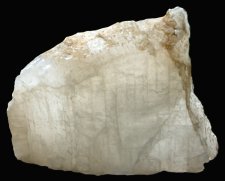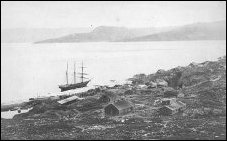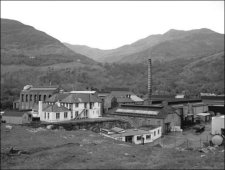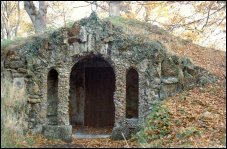| The Peterhead whaling trade |
|
Cryolite and ice As the stocks of whales and seals declined towards extinction the fleet of whalers shrank and those that were left had to seek alternative work. In 1794 the mineral cryolite (sodium aluminium fluoride, Na3AlF6) was discovered at Ivittuutin (Ivigtut) on the coast in south west Greenland. Between 1854 and 1987 over 3.7 million tons of ore were shipped to America and Europe for use in the smelting of aluminium, a rapidly developing industry. Ivittuutin is situated on the edge of the Davis Strait and reaching the port involved smashing through the sea ice. The stoutly built Peterhead whalers were ideally suited for the job:
The Peterhead-registered Gem was the first to enter the trade. She had fished the Greenland Sea, with limited success, from 1852 to 1860. In 1861 she abandoned the whaling and sailed to the cryolite loading station, the first of 8 Peterhead whalers to enter the lucrative trade. As the trade developed, vessels from Peterhead carried the ore from Greenland to ports in Britain, North America and Europe. By the 1870s the trading routes had become complex with vessels taking cryolite from Greenland to Philadelphia and then picking up a load of barrels of petroleum oil from the recently discovered Pennsylvanian oilfield for delivery to Europe. It is perhaps fitting that the Elena, an old Greenland whaler, was the first British vessel to be registered as an oil tanker! Other retired, or idle, whaling ships were put to work in the Baltic timber trade or in bringing back blocks of ice from the Arctic for use in Victorian ice-houses. |



